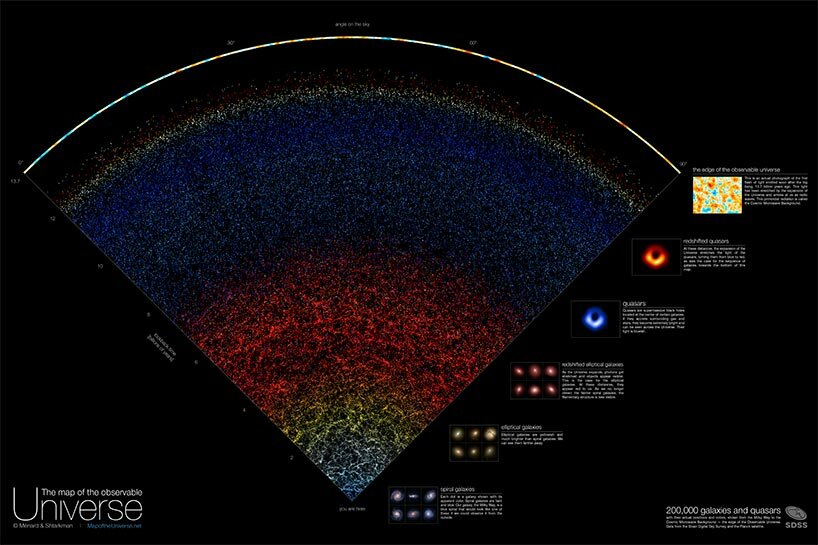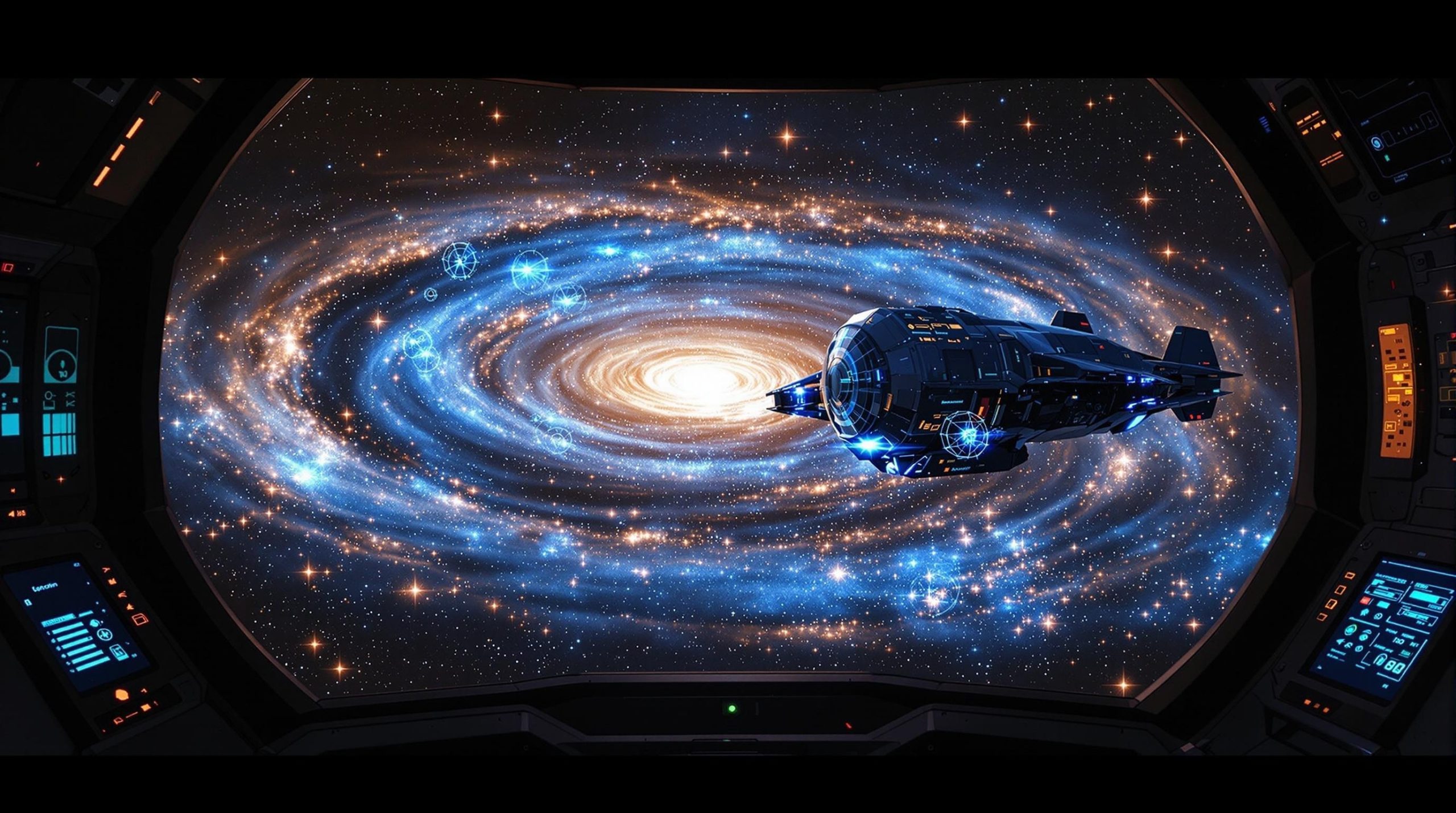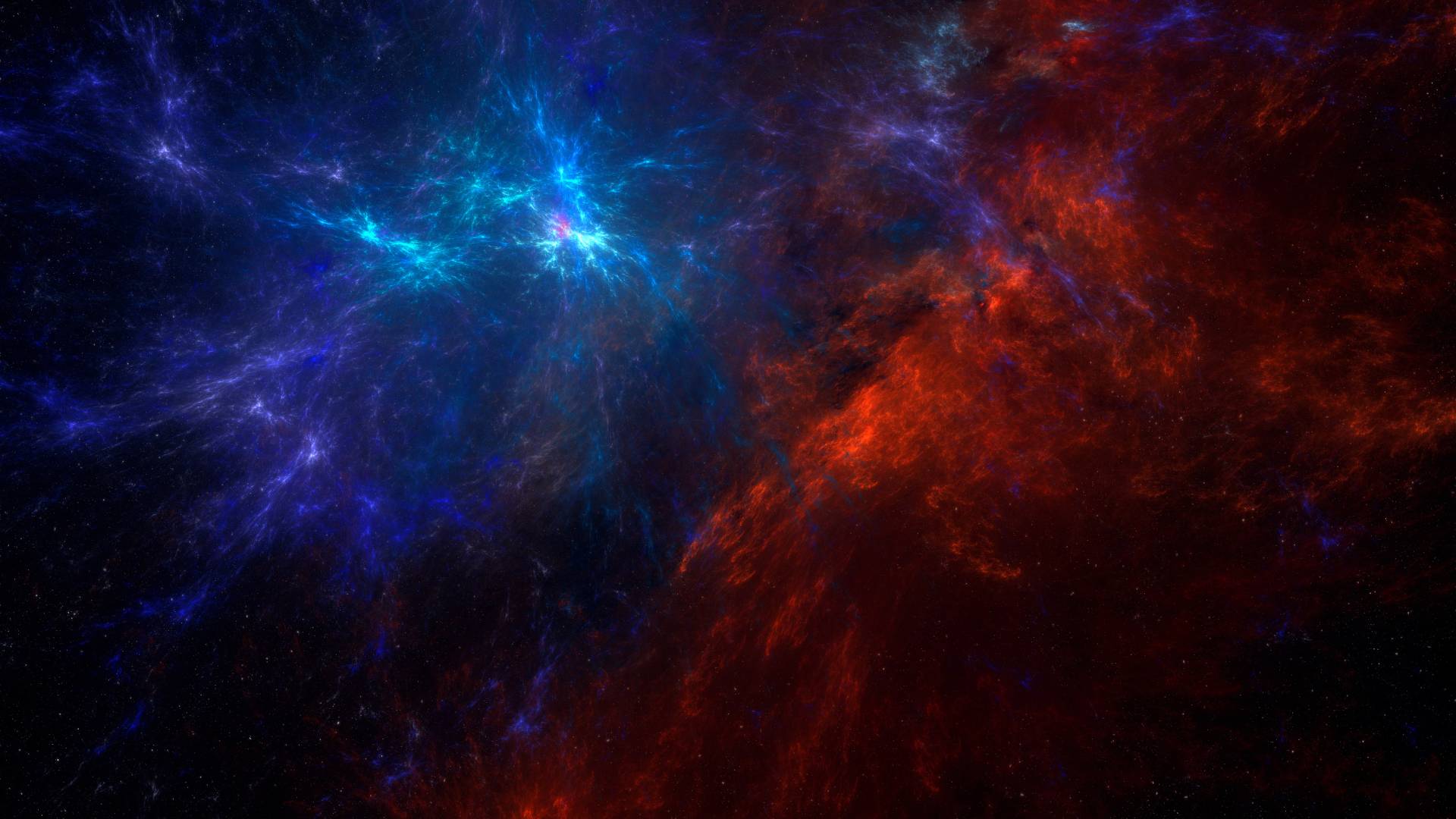Mapping the cosmos—our vast universe—has been one of humanity’s most ambitious endeavors. From ancient stargazers charting constellations to cutting-edge space telescopes capturing galaxies billions of light-years away, cosmic cartography has evolved into a sophisticated science. But how exactly do we map something as immense and infinite as the universe? This article delves into the techniques, tools, and technologies that help us chart the cosmos. Stay with Spaceyv
The History of Cosmic Mapping
Ancient Beginnings
Humans have been mapping the skies for thousands of years. Early civilizations like the Babylonians, Egyptians, and Greeks recorded celestial patterns to track seasons, navigate oceans, and understand their place in the cosmos. Star charts were some of the first maps, identifying constellations like Orion and Ursa Major.
The Copernican Revolution
The Renaissance brought a significant shift in cosmic understanding. Nicolaus Copernicus proposed a heliocentric model of the solar system, replacing the geocentric view. This laid the groundwork for mapping the cosmos with the Sun, not Earth, at the center.
Modern Astronomy and Telescopes
The invention of the telescope in the 17th century revolutionized cosmic mapping. Galileo Galilei observed moons orbiting Jupiter, while Johannes Kepler calculated planetary orbits. These advancements expanded our understanding beyond Earth’s immediate surroundings.
You can Read More about : The Search for Extraterrestrial Life as We Don’t Know It | 6 Facts
Techniques Used to Map the Cosmos
Mapping the universe involves various sophisticated techniques, each suited to different scales and phenomena.
1. Observational Astronomy
Telescopes are the primary tools for mapping the cosmos. They collect light from stars, galaxies, and other celestial objects, enabling astronomers to create detailed sky maps. These telescopes work across the electromagnetic spectrum:
- Optical Telescopes: Capture visible light to map stars and galaxies.
- Radio Telescopes: Detect radio waves emitted by phenomena like pulsars and interstellar gas clouds.
- Infrared Telescopes: Observe heat emissions from distant objects, ideal for studying star formation.
- X-ray and Gamma-ray Telescopes: Map high-energy processes like black holes and supernovae.
2. Parallax Measurements
The parallax method measures the apparent shift of stars against distant backgrounds as Earth orbits the Sun. This technique provides precise distances to nearby stars and serves as the foundation for creating 3D stellar maps.
3. Redshift and Spectroscopy
Light from distant galaxies is often redshifted due to the universe’s expansion. By analyzing this redshift, astronomers can estimate distances and velocities of galaxies. Spectroscopy also reveals chemical compositions, temperatures, and motions of celestial objects.
4. Cosmic Microwave Background (CMB) Mapping
The CMB is the faint afterglow of the Big Bang. Satellites like the Wilkinson Microwave Anisotropy Probe (WMAP) and Planck have mapped the CMB in detail, providing insights into the universe’s age, composition, and structure.
5. Gravitational Wave Detection
Gravitational waves—ripples in spacetime caused by cataclysmic events like black hole mergers—offer a new way to map cosmic phenomena. Observatories like LIGO and Virgo are pioneering this field.
6. Space Probes and Missions
Probes like Voyager, Gaia, and the Hubble Space Telescope collect invaluable data for mapping. Gaia, for instance, has mapped over a billion stars in the Milky Way, creating the most detailed 3D map of our galaxy to date.
Key Achievements in Mapping the Cosmos
The Milky Way
- Gaia Mission: Launched by the European Space Agency (ESA), Gaia has created an unparalleled 3D map of the Milky Way, charting star positions, motions, and properties.
- Sloan Digital Sky Survey (SDSS): This project has provided detailed maps of galaxies and quasars across the visible universe.
Deep Space Mapping
- Hubble Deep Field: The Hubble Space Telescope captured thousands of galaxies in a tiny patch of sky, revealing the vastness of the universe.
- James Webb Space Telescope (JWST): JWST is mapping the cosmos in unprecedented detail, uncovering the earliest galaxies formed after the Big Bang.

Large-Scale Structures
Mapping has revealed the universe’s large-scale structure, including galaxy clusters, superclusters, and cosmic voids. The Baryon Oscillation Spectroscopic Survey (BOSS) has charted these structures, offering clues about dark energy and the universe’s expansion.
Challenges in Mapping the Cosmos
Despite remarkable progress, mapping the universe poses significant challenges:
- Distance and Scale: The universe is unimaginably vast, with distances measured in light-years. Mapping such scales requires immense precision and computational power.
- Dark Matter and Dark Energy: These mysterious components make up most of the universe but are invisible. Their influence is inferred through gravitational effects, adding complexity to mapping efforts.
- Technological Limitations: Building sensitive instruments capable of detecting faint, distant objects is expensive and technologically challenging.
- Dynamic Nature: The cosmos is constantly changing, with stars evolving, galaxies colliding, and cosmic expansion altering distances.
The Future of Cosmic Mapping
Next-Generation Observatories
Upcoming missions promise even greater insights into the universe’s structure and origins:
- Nancy Grace Roman Space Telescope: Will conduct wide-field imaging and spectroscopy to map the universe’s dark energy distribution.
- Euclid Mission: Focused on understanding dark energy and dark matter by mapping billions of galaxies.
- Square Kilometre Array (SKA): A massive radio telescope array set to revolutionize radio astronomy.
AI and Big Data
Mapping the cosmos generates enormous amounts of data. Artificial intelligence (AI) and machine learning are becoming essential tools for analyzing this data and identifying patterns.
Interstellar Exploration
As technology advances, probes capable of reaching nearby star systems, like Alpha Centauri, may provide detailed maps of exoplanets and their environments.
Why Mapping the Cosmos Matters
Cosmic mapping is not just about understanding the stars—it’s about understanding ourselves. By charting the universe, we uncover the story of its creation, evolution, and eventual fate. Mapping the cosmos helps answer profound questions:
- How did the universe begin?
- Are we alone in the universe?
- What is the nature of dark matter and dark energy?
Moreover, cosmic maps guide future exploration, inspire scientific and technological breakthroughs, and foster a sense of wonder about our place in the universe.
Conclusion
Mapping the cosmos is a monumental task that combines ancient curiosity with modern technology. Through telescopes, space missions, and advanced computational tools, we are creating a detailed map of the universe, from the nearest stars to the furthest galaxies. As we continue to refine our methods and explore deeper into space, our cosmic maps will not only grow in complexity but also bring us closer to answering humanity’s biggest questions about the universe and our existence within it.
NASA – Cosmic Distance Ladder
URL: https://science.nasa.gov
Description: NASA’s official site provides detailed explanations of methods like parallax, redshift, and spectroscopy used in cosmic mapping.
European Space Agency (ESA) – Gaia Mission
URL: https://www.esa.int/Science_Exploration/Space_Science/Gaia
Description: The ESA’s dedicated page for the Gaia mission, which has created the most detailed 3D map of the Milky Way.
Sloan Digital Sky Survey (SDSS)
URL: https://www.sdss.org
Description: A major astronomical survey that has mapped galaxies, stars, and quasars, providing valuable resources for large-scale cosmic cartography.



